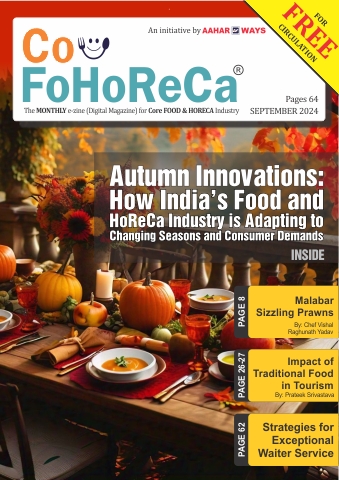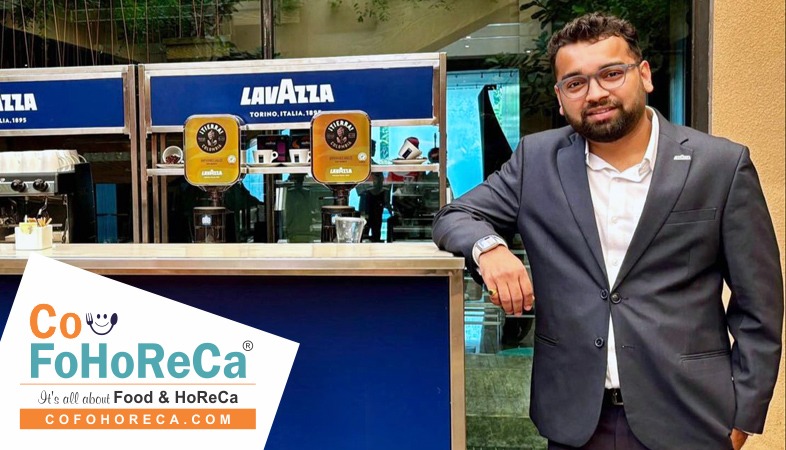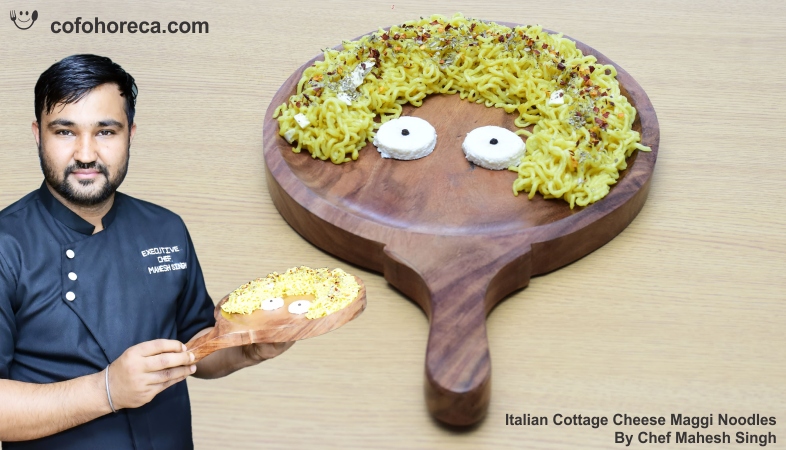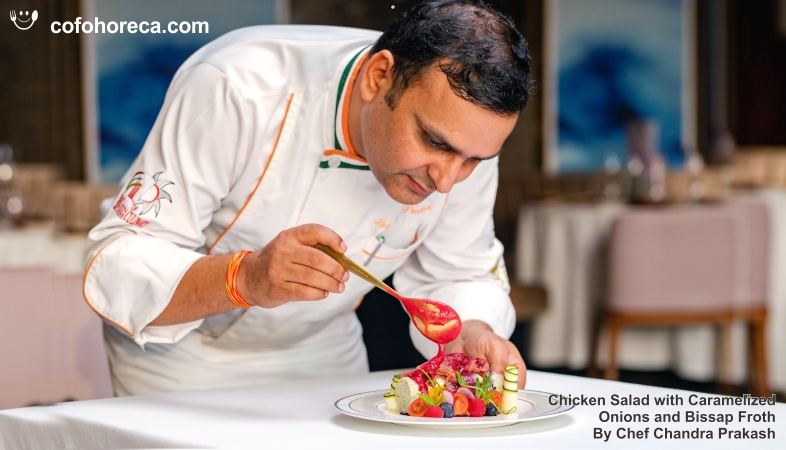Pricing for Profit: Developing a Competitive Yet Profitable Catering Pricing Model
Crafting a pricing model that attracts clients while ensuring financial success requires a careful blend of market research, cost analysis, and strategic planning.
In the catering industry, pricing strategies play a crucial
role in balancing competitiveness with profitability. Crafting a pricing model
that attracts clients while ensuring financial success requires a careful blend
of market research, cost analysis, and strategic planning. Here’s how catering
businesses can develop a competitive yet profitable pricing model.
Understanding Costs and Margins
The foundation of a successful pricing model is a thorough understanding of costs. Caterers must account for all expenses associated with providing their services, including ingredients, labor, equipment, transportation, and overheads. Calculating the total cost of each catering project enables businesses to determine a baseline price that covers expenses and generates a profit. Additionally, understanding profit margins is essential. Setting a target profit margin ensures that pricing not only covers costs but also meets financial goals.
Market Research and Competitive Analysis
Competitive pricing is essential for attracting clients in a crowded market. Conducting market research helps caterers understand what competitors are charging and what clients are willing to pay. Analyzing competitors’ pricing structures, services, and value propositions provides insights into market standards and helps identify opportunities for differentiation. It’s important to balance competitive pricing with the need to cover costs and achieve profitability. Caterers should aim to offer value that justifies their pricing, whether through superior quality, unique services, or exceptional customer experience.
Value-Based Pricing
Value-based pricing involves setting prices based on the perceived value of the catering service to the client rather than solely on cost. This approach requires understanding clients’ needs, preferences, and the value they place on various aspects of the service, such as quality, presentation, and customization. By aligning pricing with the value provided, caterers can justify higher rates and differentiate themselves from competitors. Communicating the unique benefits and features of the catering service effectively to clients can enhance perceived value and support higher pricing.
Flexible Pricing Models
Offering flexible pricing models can cater to different client needs and preferences. For example, catering businesses might implement tiered pricing based on service levels or package options. Basic packages could include standard offerings, while premium packages provide additional features such as custom menu items or enhanced presentation. A la carte pricing allows clients to select individual services or menu items, providing flexibility and control over costs. Custom quotes for large or complex events ensure that pricing reflects the specific requirements and scope of each project.
Bundling and Upselling
Bundling services and upselling can enhance revenue and improve profitability. Bundling involves offering a package of services at a combined price, which can encourage clients to choose more comprehensive options. For example, a catering package might include appetizers, main courses, and desserts at a discounted rate compared to purchasing each item separately. Upselling involves offering additional services or premium options to enhance the client’s experience. This could include options like specialty beverages, themed decorations, or extended service hours. Effective upselling increases overall revenue and improves profit margins.
Seasonal and Market-Based Adjustments
Adjusting pricing based on seasonal trends and market conditions can optimize profitability. Prices may vary depending on factors such as ingredient availability, demand fluctuations, and economic conditions. For instance, catering services might charge higher rates during peak seasons or special events when demand is high. Conversely, offering discounts or promotions during off-peak times can attract clients and maintain steady business. Monitoring market trends and adjusting pricing accordingly ensures that the business remains competitive and profitable.
Transparent Pricing and Clear Communication
Transparency in pricing fosters trust and helps clients make informed decisions. Providing detailed pricing information, including a breakdown of costs and services, helps clients understand what they are paying for and reduces potential conflicts. Clear communication about pricing policies, including any additional fees or charges, ensures that clients have realistic expectations and can budget accordingly. Transparent pricing also reflects professionalism and builds credibility with clients.
Cost Control and Efficiency
Efficient cost management contributes to a profitable pricing model. Caterers should continuously evaluate and optimize their operational processes to reduce waste, improve resource utilization, and lower costs. This includes managing inventory effectively, negotiating with suppliers for better rates, and streamlining labor and equipment use. Implementing cost control measures helps maintain profit margins and allows for more competitive pricing without compromising on quality.
Regular Review and Adjustment
Regularly reviewing and adjusting the pricing model ensures that it remains aligned with market conditions, cost changes, and business goals. Periodic evaluations of pricing strategies and financial performance help identify areas for improvement and opportunities for growth. Adjusting pricing in response to changes in costs, client feedback, or market trends ensures that the business remains competitive and profitable over time.
Developing a competitive yet profitable catering pricing model involves a comprehensive approach that combines cost analysis, market research, value-based pricing, and flexible pricing strategies. By understanding costs, analyzing the competitive landscape, offering value-based and flexible pricing options, and maintaining transparency, catering businesses can attract clients while ensuring financial success. Implementing effective cost control measures and regularly reviewing pricing strategies further supports long-term profitability and competitiveness in the catering industry.
.png)





























